White balsamic vinegar is an extremely popular type of balsamic vinegar primarily used as a recipe ingredient or dressing in a variety of dishes that cannot ordinarily incorporate the more common types of balsamic vinegar.
White balsamic vinegar is said to impart a softly sweet flavor alongside an expected acidity that is quite common in most kinds of vinegar.
Unlike the primary form of traditional balsamic vinegar, white balsamic vinegar does not possess a characteristic caramel brown color, making it perfect for dishes that require an unchanged color palette.
The most common alternative vinegar substitutes for white balsamic vinegar are balsamic vinegar, rice wine vinegar, white wine vinegar. The most common alternative sauces for white balsamic vinegar are lemon juice, lime juice, and tamarind paste. The most common alcohol substitutes for white balsamic vinegar are white wine and sake.
Alternative Vinegar Substitutes for White Balsamic Vinegar
In instances where white balsamic vinegar is simply unavailable or cannot be purchased for some reason, alternative types of vinegar may instead be used, allowing the recipe to retain a quite similar flavor profile and acidity without incorporating additional flavors or compounds to the recipe.
Balsamic Vinegar
White balsamic vinegar’s traditional sister vinegar, balsamic vinegar is considered the go to substitute for white balsamic vinegar in nearly every capacity.
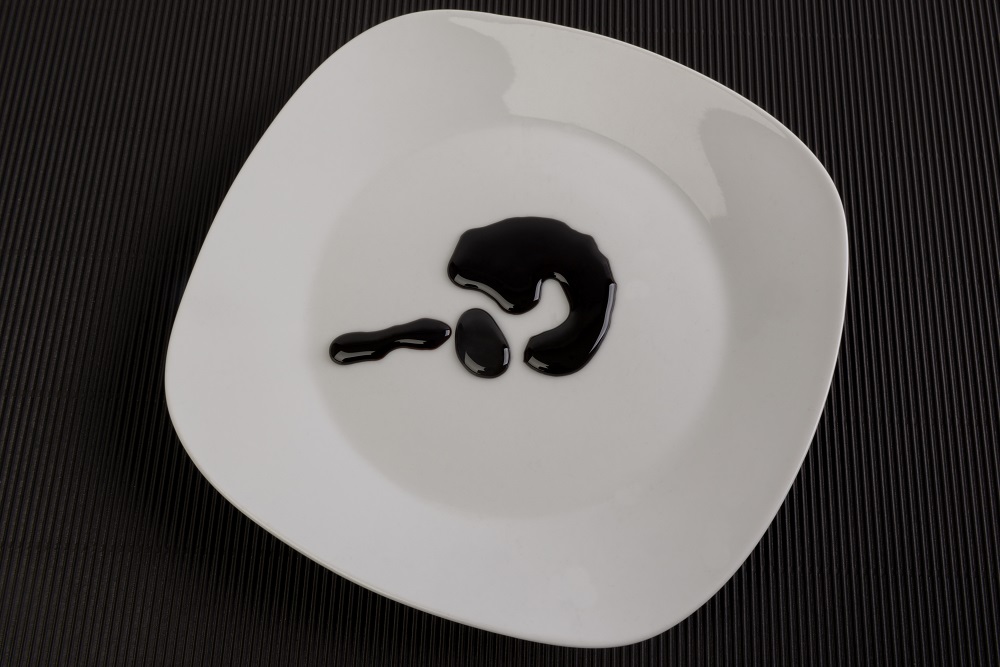
This is due to the fact that balsamic vinegar presents practically the exact same flavor profile as white balsamic vinegar, with the primary distinction being the slightly sweeter flavor notes found in the main body of balsamic vinegar’s flavor profile.
The main drawback to substituting white balsamic vinegar with the more traditional balsamic vinegar is the difference in appearance, with balsamic vinegar being a dark brown to black color that may alter the general appearance of whatever dish or sauce it is added to.
Rice Wine Vinegar
An excellent substitute for white balsamic vinegar in such things like salad dressings and dipping sauces, rice wine vinegar is a commonly utilized acidic ingredient derived from its namesake rice.
Rice wine vinegar is considered less sour and sharp in flavor than white balsamic vinegar, though their relative flavor profiles are quite similar in actual taste notes, making rice wine vinegar a good replacement if the relative pungency and strength of white balsamic vinegar is too strong for an individual’s taste.
A benefit to using rice wine vinegar as a white balsamic vinegar substitute is their similarity in appearance, both of which present a clear and slightly pale appearance that is nearly unnoticeable in most recipes.
This allows rice wine vinegar to be added to dishes and sauces that other types of vinegar normally cannot be incorporated into owing to their darker coloring.
White Wine Vinegar
Similar in acidity and appearance to white balsamic vinegar, white wine vinegar is a form of oxidized and processed white wine so as to produce an acidic and distinctly sour dressing primarily used in pickling and sauce making.
Owing to this similarity in acidity, white wine vinegar may be used as a one to one substitute for white balsamic vinegar, allowing it to impart much the same liquid volume as white balsamic vinegar would to a recipe.
This is all the more applicable due to the nearly indistinguishable appearance of white wine vinegar in comparison to white balsamic vinegar, of which will show only a slightly more yellow tint in color, depending on the particular brand used and its relative age.
Alternative Sauces for White Balsamic Vinegar
If the primary reason for substituting white balsamic vinegar is the very fact that it is a vinegar itself, certain other acidic liquids and sauces may act as a potential replacement, imparting similar levels of sourness and sharp flavors that are much the same as that found in white balsamic vinegar.
However, it is important for one to temper their expectations, as the following white balsamic vinegar substitutes cannot entirely replicate the flavor or function of vinegar itself, and as such are better used alongside other ingredients that may make up the difference in characteristics.
Lemon Juice
The primary ingredient used to replace practically any form of vinegar in cooking, lemon juice acts as an excellent substitute to white balsamic vinegar in nearly any way the latter can be used.
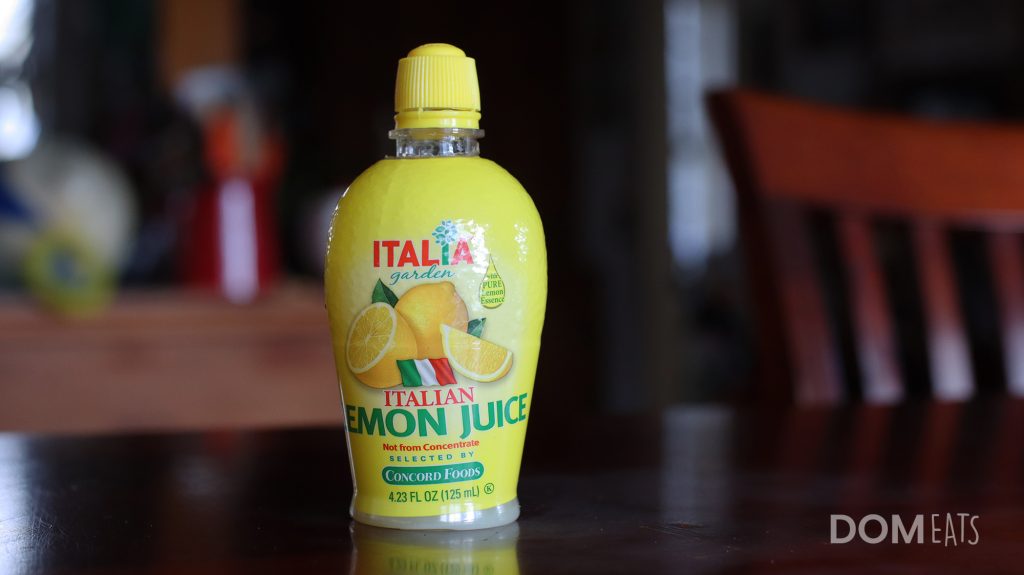
With a relative acidity only slightly weaker than white balsamic vinegar, lemon juice is best used as a substitute in a two to one ratio wherein every tablespoon of white balsamic vinegar is replaced with two tablespoons of lemon juice.
This is done in order to bring the relative sourness and acidity to the same level despite the volume difference.
Additionally, a great benefit to using lemon juice as a substitute is its pale and semi-clear appearance, allowing it to function as a nearly invisible ingredient in sauces and dishes in much the same way white balsamic vinegar itself does.
Lime Juice
Sweeter and somewhat more acidic than lemons, lime juice is also another excellent substitute to white balsamic vinegar that is itself not a type of vinegar.
Much like lemon juice, lime juice is semi-transparent and pale in appearance, allowing it to replicate the same nearly unnoticeable appearance of white balsamic vinegar when it is used in dishes and sauces.
Lime juice’s ever so slightly sweeter flavor than lemon juice makes it more suitable for use in sauces or dips where its sharp tartness may be tempered slightly by other ingredients, allowing it to complement the total flavor profile of the food.
Tamarind Paste
A far less common substitute for white balsamic vinegar, tamarind paste is a type of spread produced from the tangy and somewhat sweet fruits of the tamarind tree.
Tamarind paste is an entirely situational substitute for white balsamic vinegar owing to the difference in physical form and the relative intensity of tamarind paste’s flavor.
This equates to tamarind paste being best used as a replacement for white balsamic vinegar in such things like sauces or dips wherein excess moisture will allow the relatively thick texture of the tamarind paste to be spread out somewhat, also diluting its rather strong flavor.
It is best to use a one to two ratio where every tablespoon of tamarind paste is equal to approximately double its volume in white balsamic vinegar, so as to avoid overwhelming the other flavors in the dish or sauce.
Alcohol Substitutes to White Balsamic Vinegar
Set apart from the other alternative food products in this list owing to their alcoholic nature, there are quite a few alcoholic substitutes to white balsamic vinegar due to the similarity in how they are produced and the subsequent flavors present after said production.
In instances where individuals do not desire the characteristic ethanol alcohol taste in their meal’s flavor profile, these ingredients may be cooked over certain levels of heat so as to evaporate the alcohol present within their chemical matrix, leaving only the flavor compounds behind.
White Wine
Produced with similar ingredients and methods to white balsamic vinegar, white wine is the primary alcoholic substitute to white balsamic vinegar, especially the unaged and relatively fresh variety that still possess a sharp and somewhat immature flavor profile.
White wine may be incorporated into practically any meal that white balsamic vinegar is so long as it is used in a two to one ratio wherein every tablespoon of white balsamic vinegar is equal to twice its fluid volume in white wine.
However, it is in cooked dishes that white wine truly shines, allowing it to act as a deglazing agent or flavoring ingredient while the high temperatures cook off any trace of alcohol and its subsequent flavors via the process of evaporation.
Sake
A Japanese rice wine occasionally produced in a similar method to rice wine vinegar, sake may substitute white balsamic vinegar in certain situations that require a somewhat more earthy and fruity flavor than white balsamic vinegar would normally impart.
Depending on the brand, sake may have a somewhat higher alcohol percentage volume than white wine, making it better suited for dishes that undergo some form of heat or cooking so as to allow the ethanol alcohol compounds present within the sake to reach its ideal evaporation temperature.
Owing to the variable nature of sake’s flavor profile and alcohol concentration, it may be difficult to establish the exact volume ratio to white balsamic vinegar that is needed in a recipe, and as such it is best to first taste the particular brand of sake so as to use it according to personal preference.
References
1. Masino, F., Chinnici, F., Bendini, A., Montevecchi, G., & Antonelli, A. (2008). A study on relationships among chemical, physical, and qualitative assessment in traditional balsamic vinegar. Food chemistry, 106(1), 90-95.
2. Clutton, Angela (7 March 2019). The vinegar cupboard: recipes and history of an everyday ingredient. London. ISBN 9781472958099. OCLC 1100963349
3. “27 CFR § 24.215 – Wine or wine products not for beverage use”. Legal Information Institute. Cornell Law School.

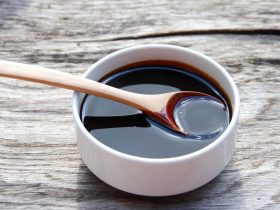
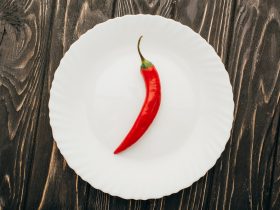
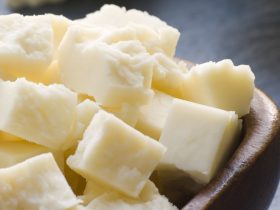
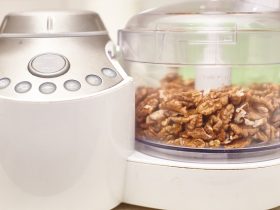
Hi, I'm Dom
Dom Eats was started to help other people fall in love with food. While cooking can feel intimidating, it doesn't have to be.